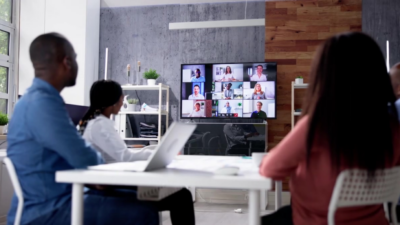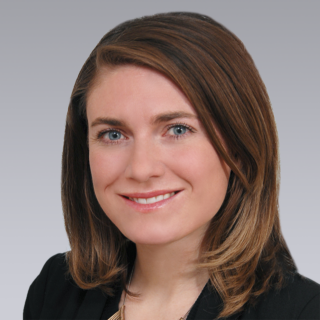Despite turning the page on a new calendar year, the U.S. office market continued to exhibit similarities to the last half of 2020 in the first quarter, as pandemic-induced headwinds resulting from social distancing and working from home remain a challenge.
The overall U.S. office vacancy rate increased by 100 basis points in the first quarter to 14.2%. Downtown vacancies increased 130 basis points during the quarter to 13.5%. While suburban vacancies have fared better than downtown markets throughout the pandemic, posting a year-over-year increase of 210 basis points compared to 330 basis points downtown, the suburban vacancy rate stands at 14.4%.
Although the overall U.S. office vacancy rate has not eclipsed the recent high-water mark of 16.3% set during the Global Financial Crisis (GFC) in 2010, the speed at which the vacancy rate has climbed did set a record. During the GFC, which spanned eight quarters, the largest increase in any single quarter was 70 basis points and 240 basis points on a rolling four-quarter basis. In Q1 2021, the year-over-year change has reached 270 basis points.
After posting over 95 million square feet of negative absorption during the last three quarters of 2020, net absorption fell by 45 million square feet in the first quarter. In doing so, it beat the previous record for a single quarterly loss of 43 million square feet set in 2003. Absorption losses were evenly distributed between downtown and suburban submarkets, posting -22.9 million and -22.3 million, respectively.
Twelve metro office markets posted negative absorption of over one million square feet in the first quarter. Manhattan easily outpaced the other markets at -10.9 million square feet, followed by Dallas (-2.9 million square feet), Atlanta and Washington, D.C. (-2.8 million square feet), Seattle (-2.6 million square feet) and Los Angeles (-2.4 million square feet).
Sublease space was a headline story in 2020 as the overall supply increased by 55% last year. While the total amount of sublease space available for lease surpassed 200 million square feet in the first quarter, the velocity at which this space is being added to the market has decelerated over the past two quarters.

Despite the rise in overall vacancy and the additional supply of sublease space presently on the market, average full-service asking lease rates have remained resilient throughout the pandemic as landlords have held firm on asking rates. While leasing activity remains well below pre-pandemic levels, the spread between asking and effective rates is widening as landlords continue to offer generous concessions via free rent and tenant improvement allowances in place of dropping their starting rates.
Evidence of light in the once bleak pandemic tunnel is beginning to appear as the pace of vaccine inoculations began to ramp up in early February, providing both hope and increased immunity. With over 45% of the total population over the age of 18 having received at least their first dose of a COVID-19 vaccine, the economy is primed for an explosive rebound over the balance of the year as restrictions are lifted.
However, with over 135 million square feet of new product under construction, an elevated supply of sublease space and a return to the office that remains slow and calculated, we anticipate that it may take several additional quarters before the office sector begins to stabilize.

 Steig Seaward
Steig Seaward
 Anthony Shell
Anthony Shell
 Andrew Steele
Andrew Steele
 Aaron Jodka
Aaron Jodka Michelle Cleverdon
Michelle Cleverdon